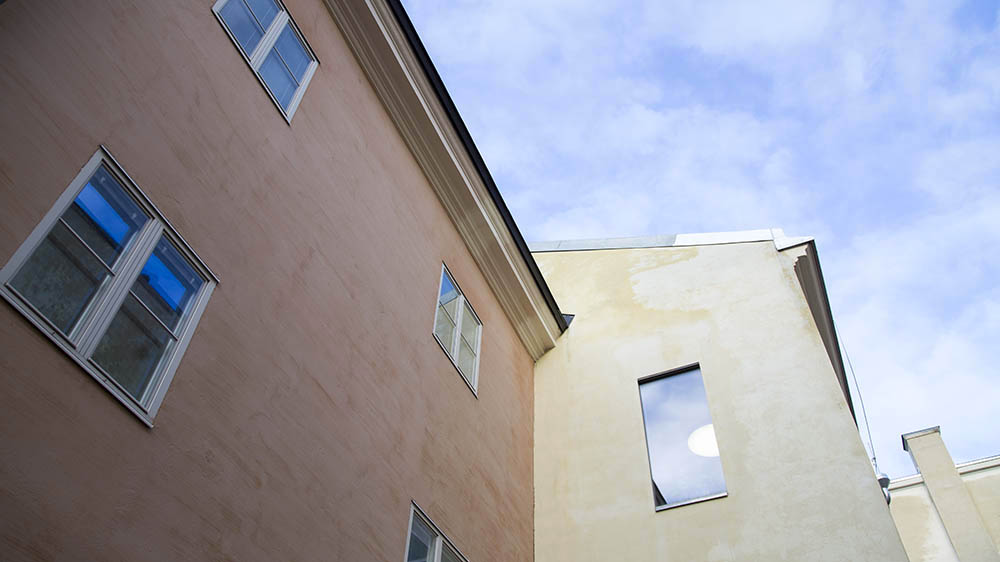Conditions are favourable for economic recovery

A report of the Ministry of Finance published on 12 May forecasts a boost in economic growth to 2.6 per cent in 2021 supported by a global stimulus as the coronavirus epidemic eases.
The economy will not clearly recover from the coronavirus pandemic until the end of 2021, as the rapid rise in case numbers in spring 2021 will perpetuate uncertainty for financial policymakers. Moving towards the summer, seasonal fluctuations in the epidemic will curb the disease. With rapid progress of vaccination programmes, the epidemic will recede, enabling a lifting of restrictions on movement and business.
While the general government deficit will fall sharply in 2022 as support measures introduced due to the coronavirus epidemic come to an end and the economy recovers, a substantial deficit in public finances will persist into the mid-2020s. Government debt as a share of gross domestic product (GDP) will also continue to grow.
“The economy would seem to normalise substantially during 2022. The normal state of post-pandemic public finances will unfortunately mean a gradual erosion, characterised by an ageing population, a muted growth outlook and a chronic general government deficit,” explains Mikko Spolander, Director General of the Economics Department at the Ministry of Finance.
Powerful measures stimulating the global economy
Thanks to massive stimulus measures, progress in vaccination programmes and a lifting of restrictions, the global economy will recover this year from the recession caused by the coronavirus pandemic. Both the European Union and the USA have introduced massive stimulus packages. Besides high-risk groups, the working age population will probably also be vaccinated in major economies by the coming autumn. Restrictions will be lifted gradually as the pandemic eases.
Savings made over the coronavirus year will boost consumption as the epidemic recedes
Private consumption will grow more rapidly than income as households begin spending their savings made over the coronavirus pandemic period in coming years. The rise in consumption is already evident in consumption of goods. International travel and services for sports and cultural events are expected to be the last consumption items to recover.
Global stimulus measures are seeking to support consumption and investment, which will also boost Finnish exports. Private investment will nevertheless fall further in 2021 with reduced construction investment. On the other hand, some signs of recovery in machinery and equipment investment are visible, due to improved growth prospects for the global economy. The European Union Recovery and Resilience Facility (RRF) is increasing R&D investment and modernising the energy infrastructure.
The economic recovery is boosting employment figures. The number of people in work will not exceed the 2019 level until 2023, with a projected rise in the employment rate to just over 73 per cent. The rate of unemployment will fall sharply, approaching the level of structural unemployment. This will boost the rise in earnings in 2022 and 2023. Inflationary pressures will grow over the forecast period as demand returns.
General government deficit will persist after the epidemic
The general government deficit (meaning the imbalance between revenue and expenditure) will remain high this year, because the support measures deployed due to the coronavirus epidemic and the need to repay the services and care debt accumulated during the epidemic will maintain a high level of public expenditure. The deficit will decrease sharply next year with the end of support measures and continued rapid economic growth.
The deficit will thereafter gradually fall between 2023 and 2025 to approach the pre-epidemic level. A substantial imbalance between public expenditure and revenue will nevertheless remain, even after the coronavirus epidemic has eased. The deficit forecast for the mid-2020s is 1.6 per cent of GDP or EUR 4.6 billion. Public finances are adversely affected by an ageing population that has been increasing public spending for a long time. The outlook for economic growth is also subdued as we approach the mid-2020s. This also reflects the decline in the working-age population.
The public debt-to-GDP ratio will increase from the current level of 70 per cent to over 75 per cent by 2025, meaning that the debt ratio will then be about 16 percentage points higher than in 2019. The debt ratio is also forecast to continue growing after 2025. The long-term imbalance (sustainability gap) between general government revenue and expenditure amounts to about 3 per cent of GDP, (about EUR 8 billion at the 2025 level).
Economic recovery may be more rapid than forecast
With a major global recovery the world economy, Finnish exports and investments may grow even more rapidly than forecast. The risks in the forecast turn on the question of whether the epidemic will be under control in the third quarter of 2021. Such control would mean that Finland has been able to restore a new normal without the epidemic or mitigating measures significantly restricting everyday life or business.
Economic growth may fall short of projections if autumn 2021 brings a new increase of infections, either in Finland or in important export markets. Growing hospital admissions would lead to substantially more severe restrictions, which would further retard economic growth.
A prolonged epidemic in Finland would impact the national economy, particularly through private consumption and most importantly in the demand for services.
Inquiries:
Mikko Spolander, Director General, tel. +358 29 553 0006, mikko.spolander(at)vm.fi
Jukka Railavo, Senior Financial Adviser, tel. +358 29 553 0540, jukka.railavo(at)vm.fi (real economy)
Marja Paavonen, Senior Financial Adviser, tel. +358 29 553 0187, marja.paavonen(at)vm.fi (general government finances)